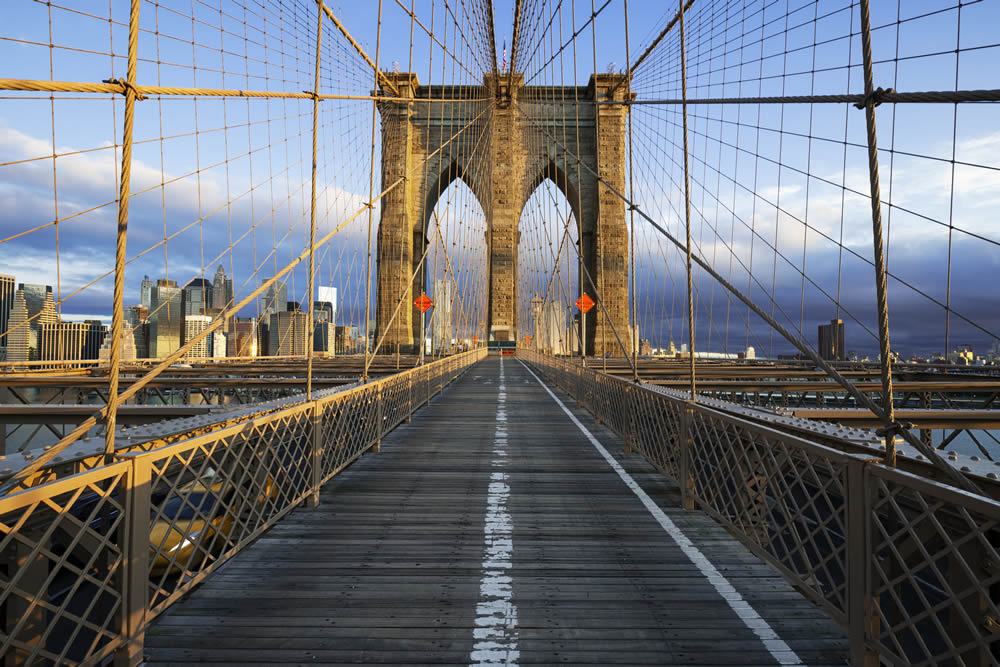Welcome, fellow shutterbugs! It’s time to pack your camera and wander off the beaten path. To taste the adventure and excitement of unexplored locations and breathtaking views through the lens of your trusty camera. Welcome to the wonderful world of landscape photography.
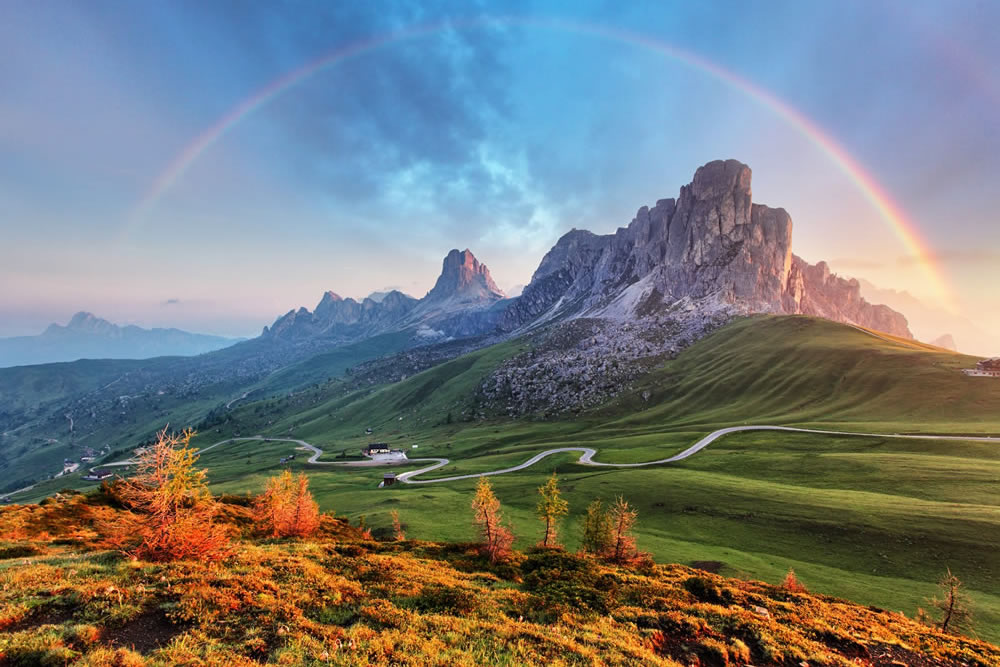
Introduction to Landscape Photography
Landscape photography is much more than snapping pictures of your vacation. It’s about transforming the essence of a place into a photographic vision that invokes the same emotions as being there. Landscape photos can frame the beauty of untouched wilderness, or the complexity of urban sprawl. This genre encourages you to explore the world, bring back photographic memories and share the vision you have of the world with others.
The Common Challenges in Landscape Photography
Many enthusiasts find some common obstacles when they venture into landscape photography. The splendor of the scene might be breathtaking in person, yet frustratingly elusive to capture in a picture. Often, flat lighting, awkward compositions, unsatisfactory sharpness, or lack of depth can water down the impact of your photos. But fear not! With knowledge, practice, and a few clever tricks up your sleeve, you can skillfully overcome these hurdles – and we’re here to show you how.
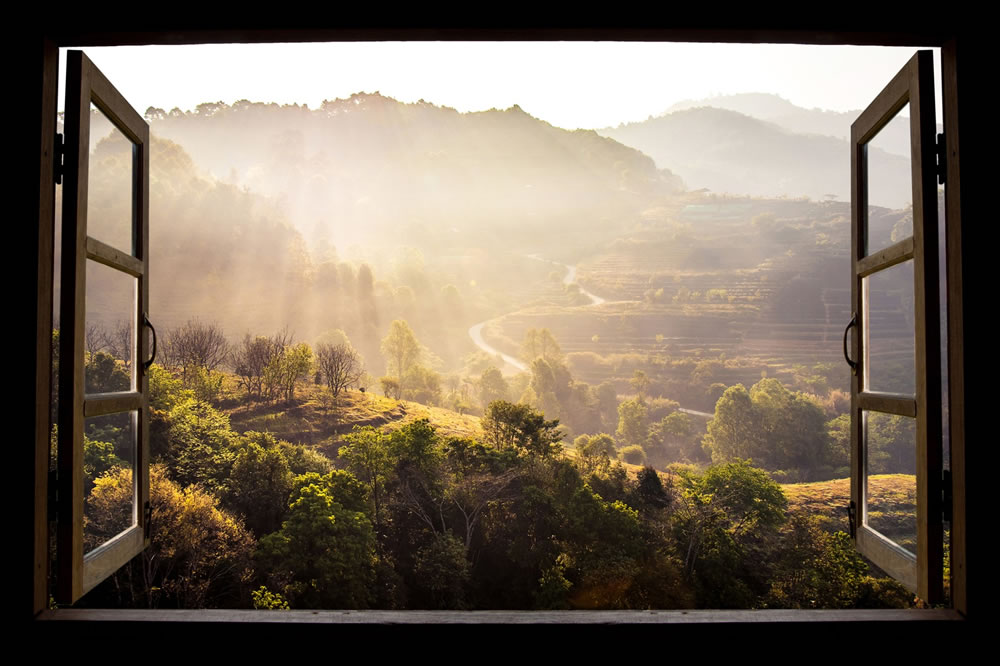
The Art of Composition in Landscape Photography
The composition in photography is just like the canvas of a painter; it’s the base where you arrange all the elements of your shot. It’s a critical aspect of landscape photography that can elevate your image from mediocre to magnificent if done right. Let’s delve into some crucial elements of composition.
The Rule of Thirds
Essentially, the rule of thirds involves dividing your image’s frame into 9 sections – three horizontal and three vertical. The intersections of these lines are considered some of the best spots to place your subjects.
- Place points of interest along the lines
- Align horizon with one of the horizontal lines
- Position taller objects to run along one of the vertical lines
Using Foregrounds and Backgrounds
Incorporating a substantial foreground element can add depth to your photo and make it feel three-dimensional. This technique can lead the viewer’s eye into the image, effectively creating a visual journey.
- Use natural elements like flowers or rocks in the foreground
- Consider water reflections for an added layer of depth
The Importance of Horizon Lines
A well-placed horizon line can bring balance to your landscape photos. If the sky is stunning, place the horizon lower. If the ground has more engaging elements, set the horizon higher.
- Keep horizon lines straight
- Avoid placing the horizon line in the middle of your frame
- Uphold balance between sky and land
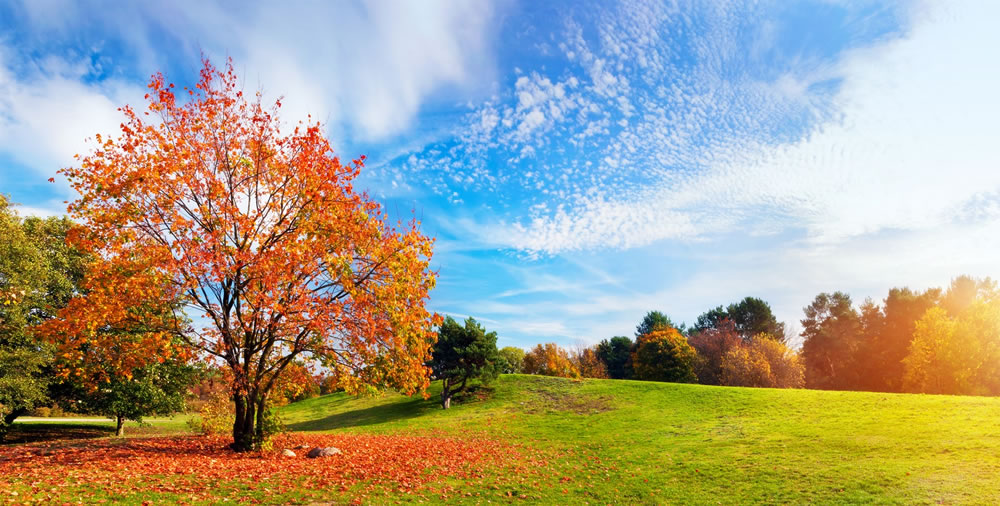
Understanding and Manipulating Light
In landscape photography, the play of light and shadow can make or break your shot. It’s crucial to understand the nuances of light, and how to manipulate it to your advantage. Here, we discuss a few fascinating natural lighting scenarios and the impact of weather on your images.
The Golden Hour
The golden hour is the period shortly after sunrise or just before sunset. During this time, the sunlight takes on a soft, warm, golden hue that can elevate your photos to a different level. The longer shadows can bring about a sense of dimension and depth, making your landscapes look more dramatic. Remember:
- Position the sun behind, beside, or in front of the subject to create different effects
- Experiment with warm and cool tones.
The Blue Hour
Just before sunrise and after sunset, there is a period known as the ‘blue hour’. During this time, the sky darkens and takes on beautiful blue hues. This light can impart a peaceful, mysterious and ethereal tone to your photographs. Here’s a tip:
- Use longer exposure times to capture more details in the low light
The Impact of Weather
Weather can significantly affect your landscape photography. Misty mornings, stormy skies, or crisp, sunny days – all create different moods and scenes. Don’t shy away from “bad” weather – sometimes, the most dramatic shots come from these challenging conditions. Embrace all weather types and you’ll find opportunities for unique shots everywhere.
Sun, clouds, rain, or fog – every weather condition can contribute something special to your frame. Be fearless, be patient, and be ready to capture nature’s varied moods.

Essential Photography Techniques for Captivating Landscapes
Landscape photography is not merely about capturing a scene; it is about employing techniques that bring the landscape to life. Here, we unpack three main techniques that can make a significant difference in your shots.
Using Long Exposure
Long exposure is a game-changer for landscape photography. This technique involves leaving the camera’s shutter open for an extended period, allowing more light in. This method can result in beautifully blurred motion effects, like tranquil, silky water or dreamy clouds moving across a sky. Aside from these, long exposure works wonders in low-light situations, such as during a star-studded night or a beautifully lit cityscape during blue hour.
Harnessing Depth of Field
When you’re shooting landscapes, one of your goals should be to capture as much detail as possible. This is where mastering the depth of field, the range of your photo that’s in focus, comes in handy. Using a small aperture setting (a high F-stop number like f/16 or f/22) means more of your scene will be sharp, allowing viewers to explore every nook and cranny of your shot.
Capturing Movement in Landscapes
Lastly, showing movement can add a dynamic element to your photos. Whether it’s swaying grass, a rush of water, or a flock of birds, a little bit of motion can infuse your photos with life. To use this technique effectively, you’ll need to balance shutter speed, which controls how long your sensor is exposed to light, with the speed of the moving object – the slower the shutter speed, the more movement you’ll capture. This gives your image depth, drama, and a sense of action.
The next step is to put these techniques to practice, but remember, your vision and creativity are the final touches that breathe life into your shots. Enjoy the process!
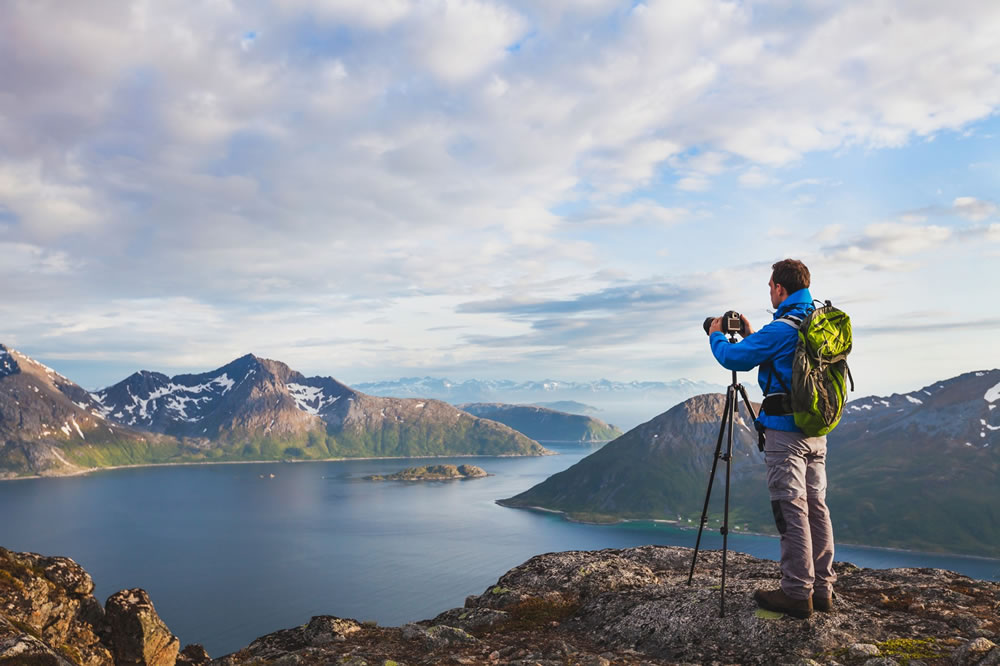
Essential Gear for Landscape Photography
To bring your landscape photography to the next level, having the right gear is just as critical as having a keen eye for beauty. Here, we’ll delve into some indispensable tools every landscape photographer should have in their arsenal.
Tripods
First on the list are tripods – a veritable life-saver when it comes to sharp and crisp shots. A sturdy tripod ensures that your camera is stable, reducing blurring caused by shaky hands or winds. This firm grounding is vital to capture landscape images with maximum detail, more so in low light conditions or when you’re working with longer exposures. From rocky coastlines to star-studded skies, a reliable tripod can bring out the best in your photos.
Filters
Next, let’s delve into the world of camera filters. While post-processing software is increasingly powerful, some effects simply can’t be replicated in post-production. For instance, polarizing filters diminish reflections and deepen the blue of the sky, enhancing the natural colours and contrast in your image. Neutral density filters, on the other hand, allow you to play with longer exposures without overexposing the frame – perfect for that silky-smooth waterfall shot.
Wide-angle Lenses
Finally, a wide-angle lens is a landscape photographer’s best friend. This type of lens enables you to encompass vast sceneries into one frame, showcasing the true expanse of a landscape. Remember, in landscape photography, it’s all about showcasing the full scope and size of the scene in front of you, and wide-angle lenses do this with absolute finesse.
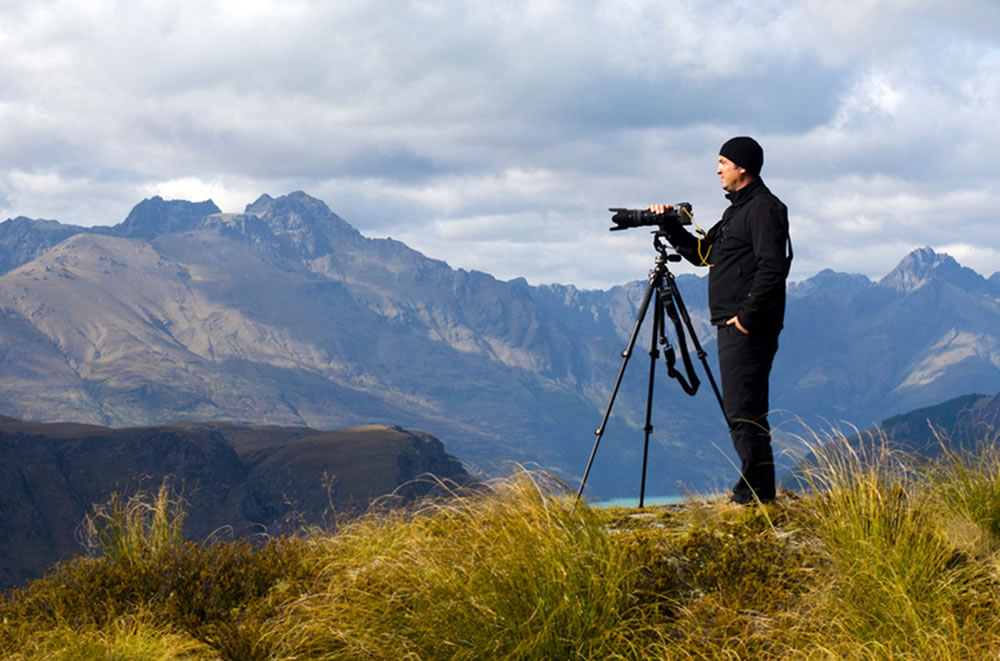
Insider Tips and Tricks for Successful Landscape Photography
In this section, we deep-dive into a selection of insider tips and techniques that can truly elevate your landscape photography. Armed with patience, understanding, and the knack for different perspectives, you’ll witness your craft levelling up like never before. So, let’s get started!
The Importance of Patience
Patience is key in landscape photography. The difference between a good photograph and an exceptional one often lies in waiting for the perfect lighting conditions. Just remember:
- Sunrise and sunset, also known as golden hours, offer softer light and long shadows to enhance depth and texture.
- Waiting for a passing cloud to filter harsh sunlight can make the difference in color saturation and contrast.
- Patience for different seasonal changes or day-to-day weather fluctuations can transform the mood of a scene dramatically.
Understanding a Scene before Shooting
Prior to pressing the shutter, take some time to truly understand the scene:
- Are there any stand-out features or focal points?
- How is the light interacting with the landscape?
- What mood or story do you want to coney through the image?
Remember, each landscape is unique and has its own story to tell. By taking the time to understand it, your photograph can communicate that story more effectively.
Embracing Different Perspectives
Often, changing the perspective can drastically alter the impact of the photo:
- Try shooting from both low and high viewpoints.
- Incorporate reflections from bodies of water or glass surfaces for interesting composition.
- Experiment with wide-angle and telephoto lenses to capture varying scales of the landscape.
Just remember, there’s not always one right way to capture a landscape. Your perspective and unique interpretation of the scene are what make your photograph personal and distinct.
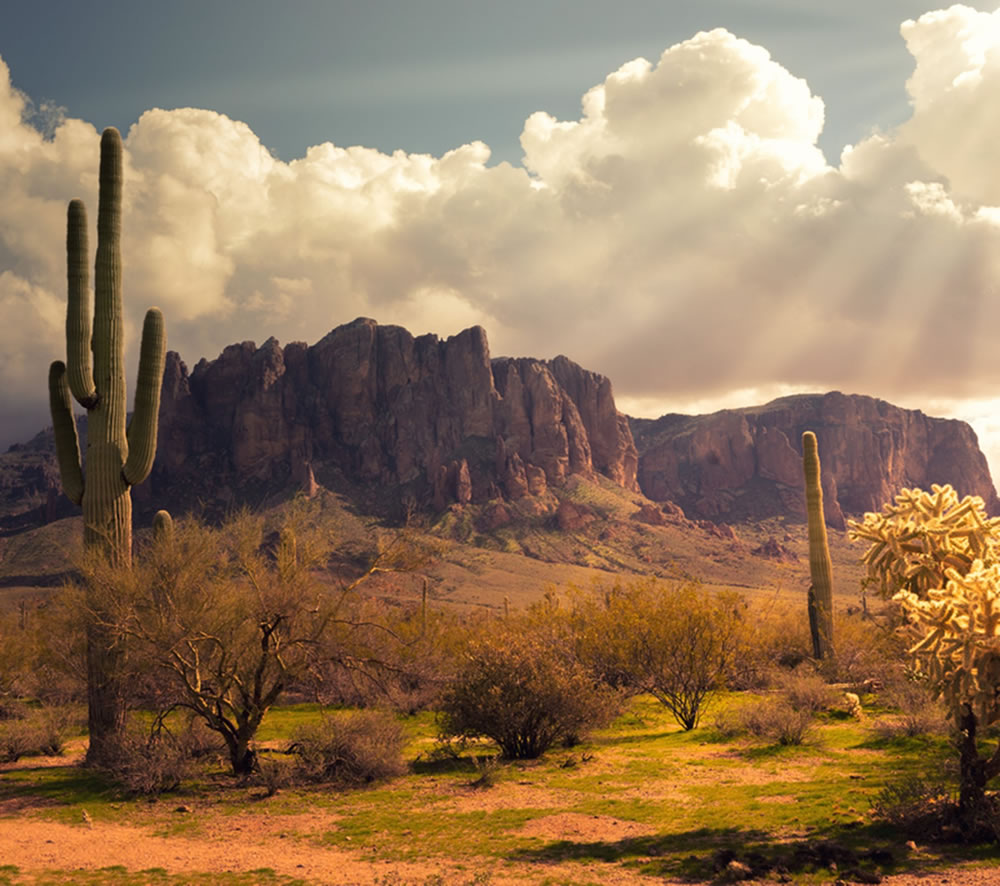
Post-Processing Landscape Photos
After you’ve captured your amazing landscape shots, the game’s not over – it’s time to edit. Through post-processing, you can further emphasize the captivating elements of your image and yield an even more stunning result.
Basic Editing Tricks
Basic editing is pivotal in refining your landscape photographs. With the right software, adjusting exposure, shadows, and highlights can create depth and enhance the overall appeal of an image.
- Develop the habit of shooting in RAW format. It gives you more control during post-processing.
- Adjust the exposure level to ensure the photograph is perfectly lit.
- Play with shadows and highlights to extract details from overexposed and underexposed areas.
The Power of Color and Contrast
Color and contrast can change the mood of your landscape photo dramatically:
- Boost the saturation slightly for a more vibrant image, but beware of overdoing it.
- Use color balance to highlight the warm or cool tones of the scene.
- Increase contrast to add depth to your image and make your subject stand out.
Tips for Enhancing Image Quality
To enhance image quality, consider the following tips:
- Reduce noise or graininess by decreasing the ISO setting.
- Sharpen the image to highlight fine details.
- Be careful with filters – use sparingly, only to enhance the intrinsic beauty of the scene and not overshadow it.
By mastering these post-processing tips, you can sculpt your landscape photo into the masterpiece it deserves to be!
As we draw to the end of our tour through the landscape of photography tricks, we hope that these tips light your way towards beautiful, evocative images that showcase the spirit of nature. Let’s take a moment to revisit what we’ve learned.
Recap of Insider Tricks
- First, remember the importance of composition in capturing the essence of a scene
- Use different lighting techniques to convey mood and depth
- Explore various angles and perspectives to give your landscapes a unique feel
- And lastly, don’t forget about the golden hours for the most stunning, natural soft glow
Encouragement to Practice Techniques
In photography, much like in any other craft, practice makes perfect. The more you take your camera out into the world and try these insider techniques, the more intuitive they’ll become. So grab your gear, find a beautiful location, and start looking at the world with a photographer’s eye. You just might surprise yourself with the beauty you can capture!
Stock photos provided by Dreamstime.com




